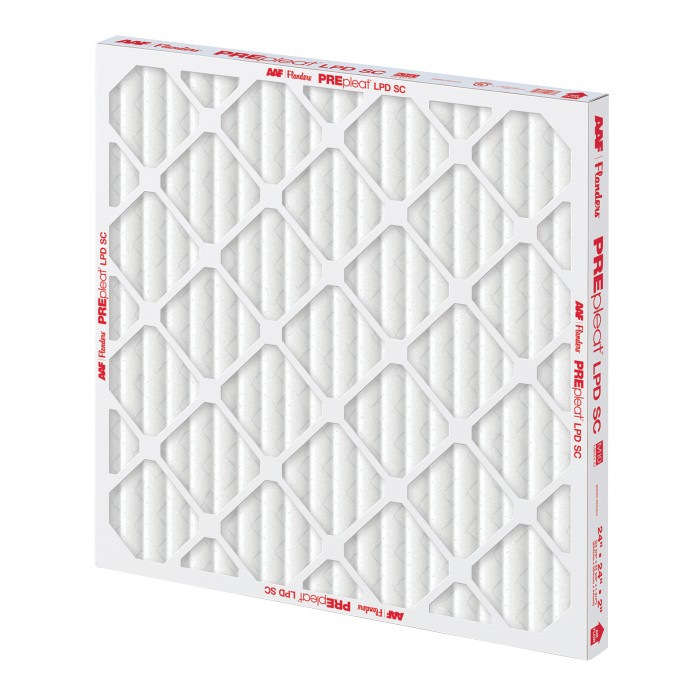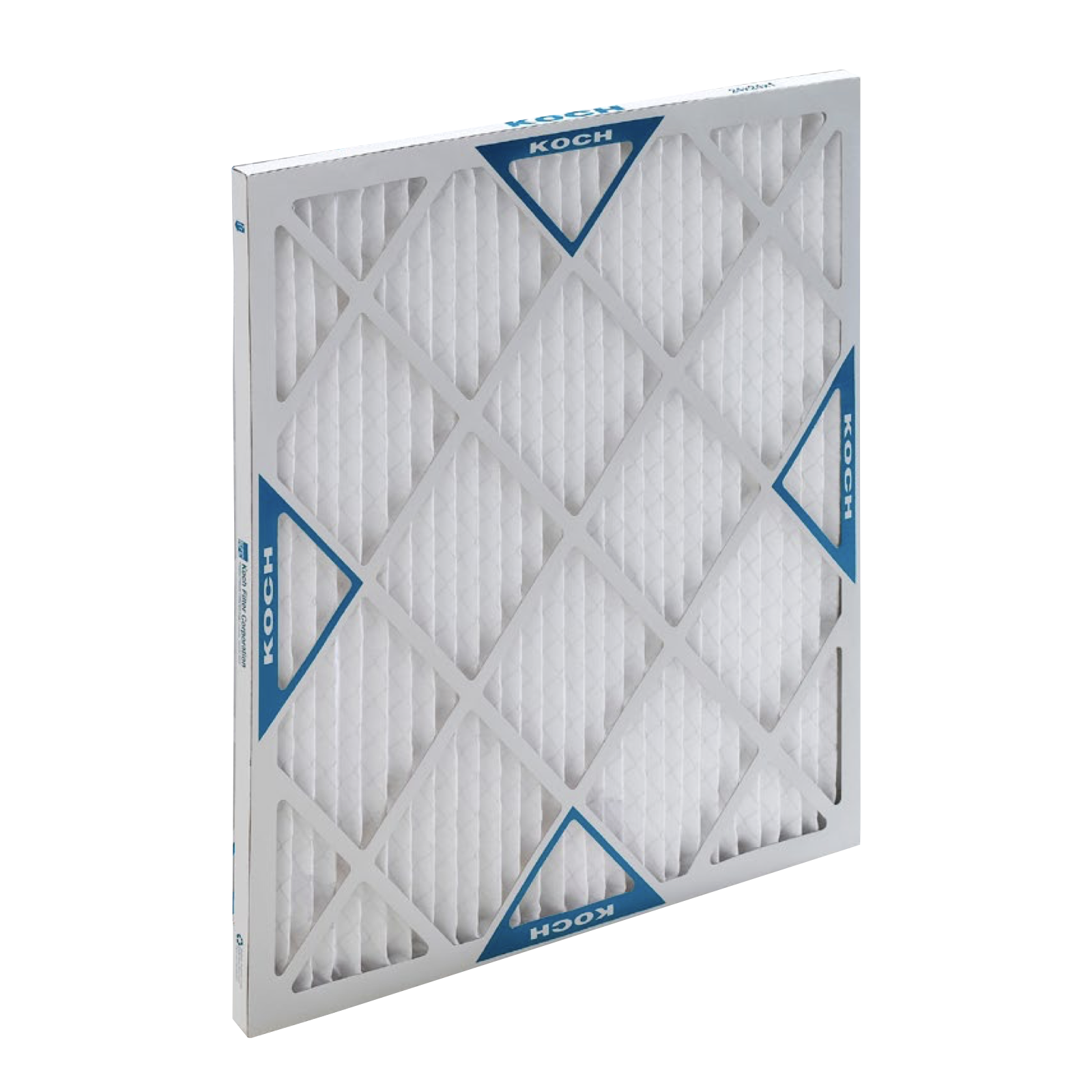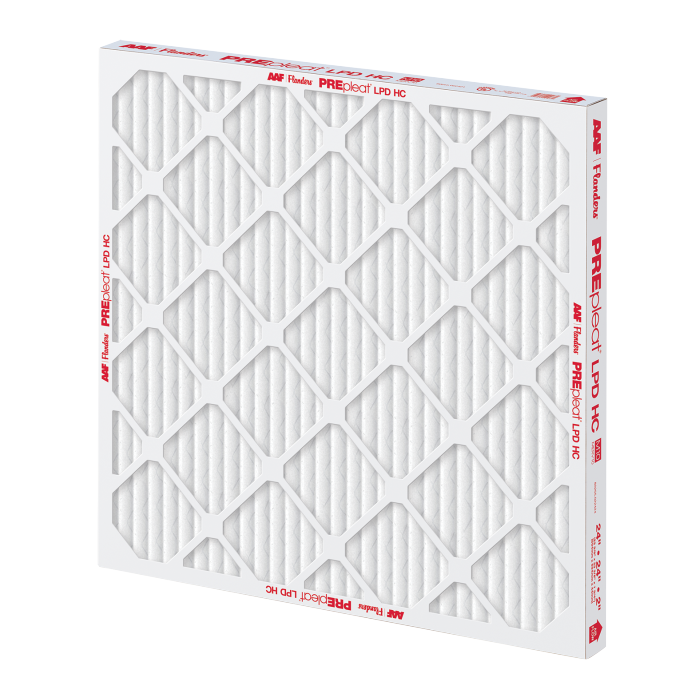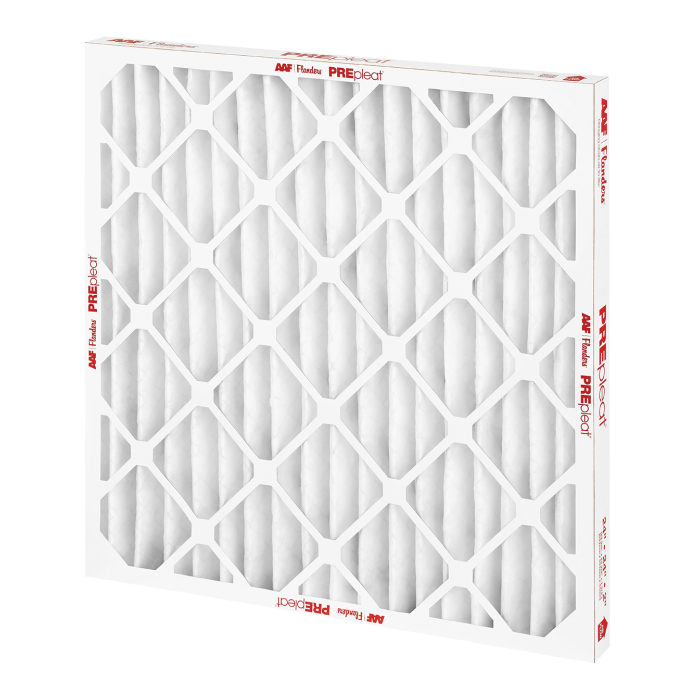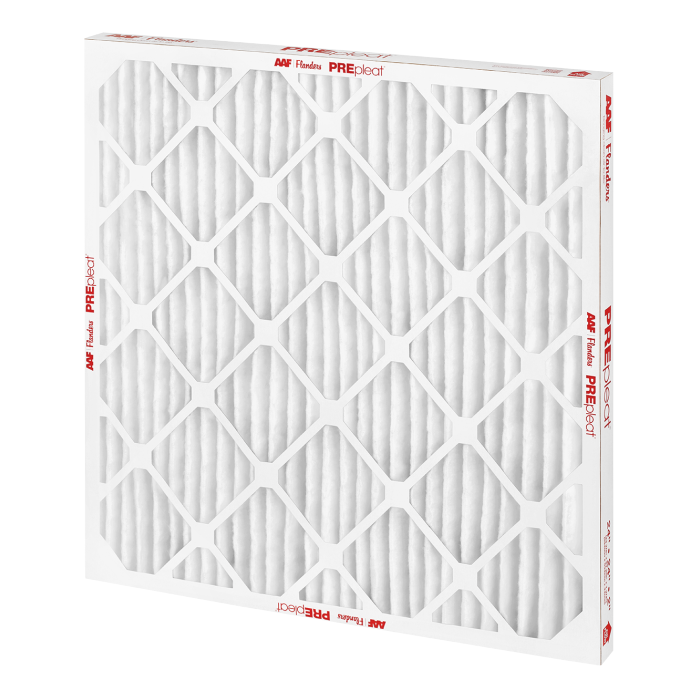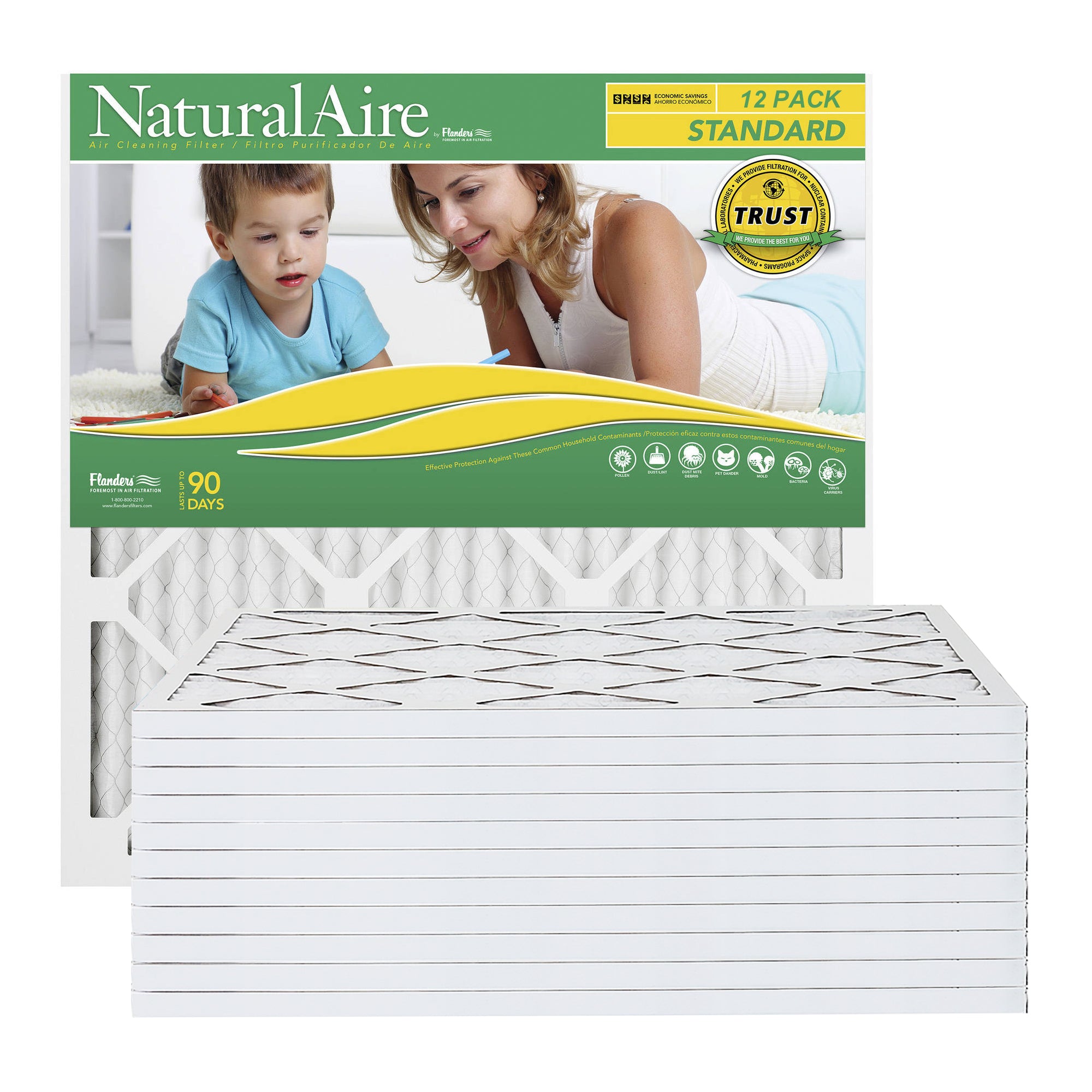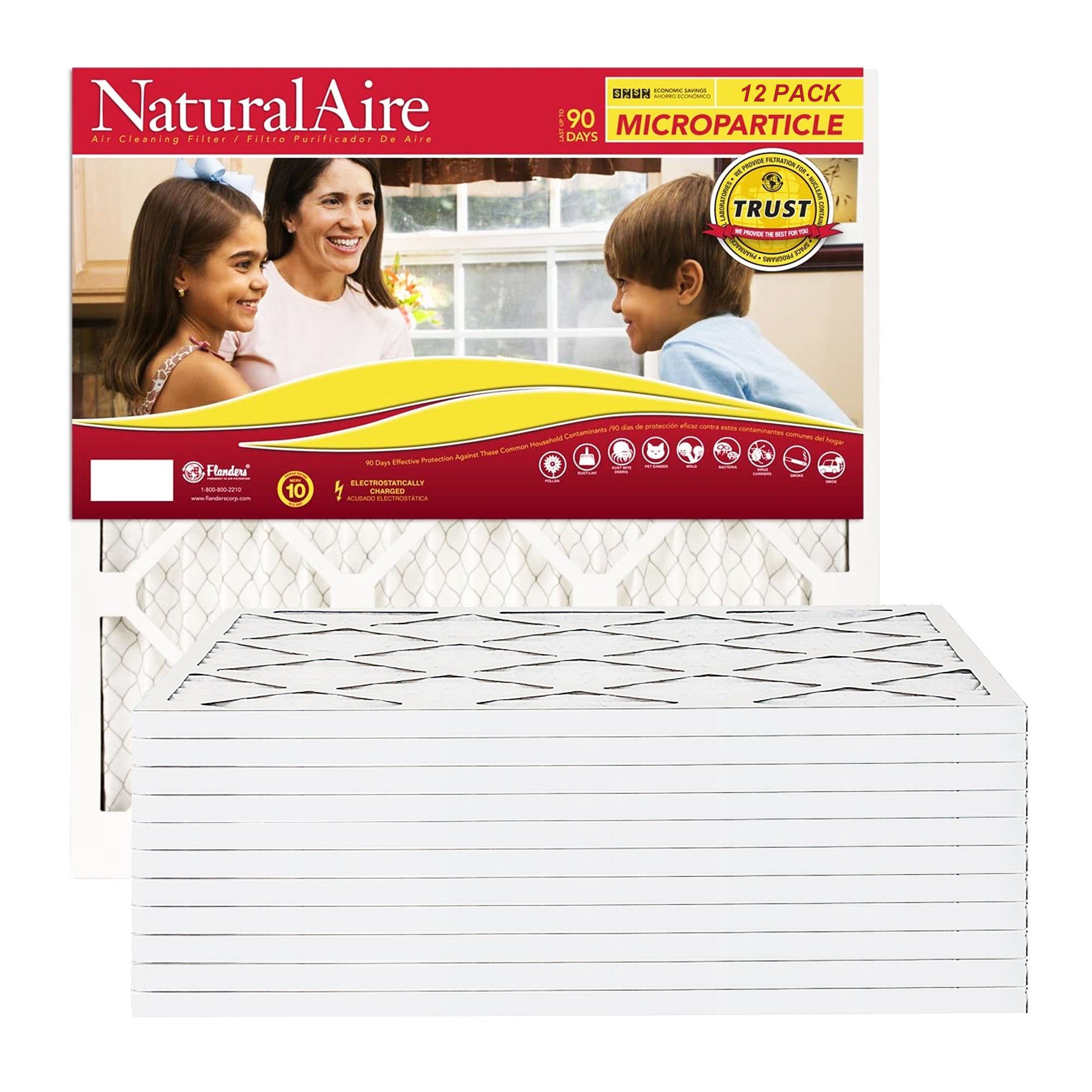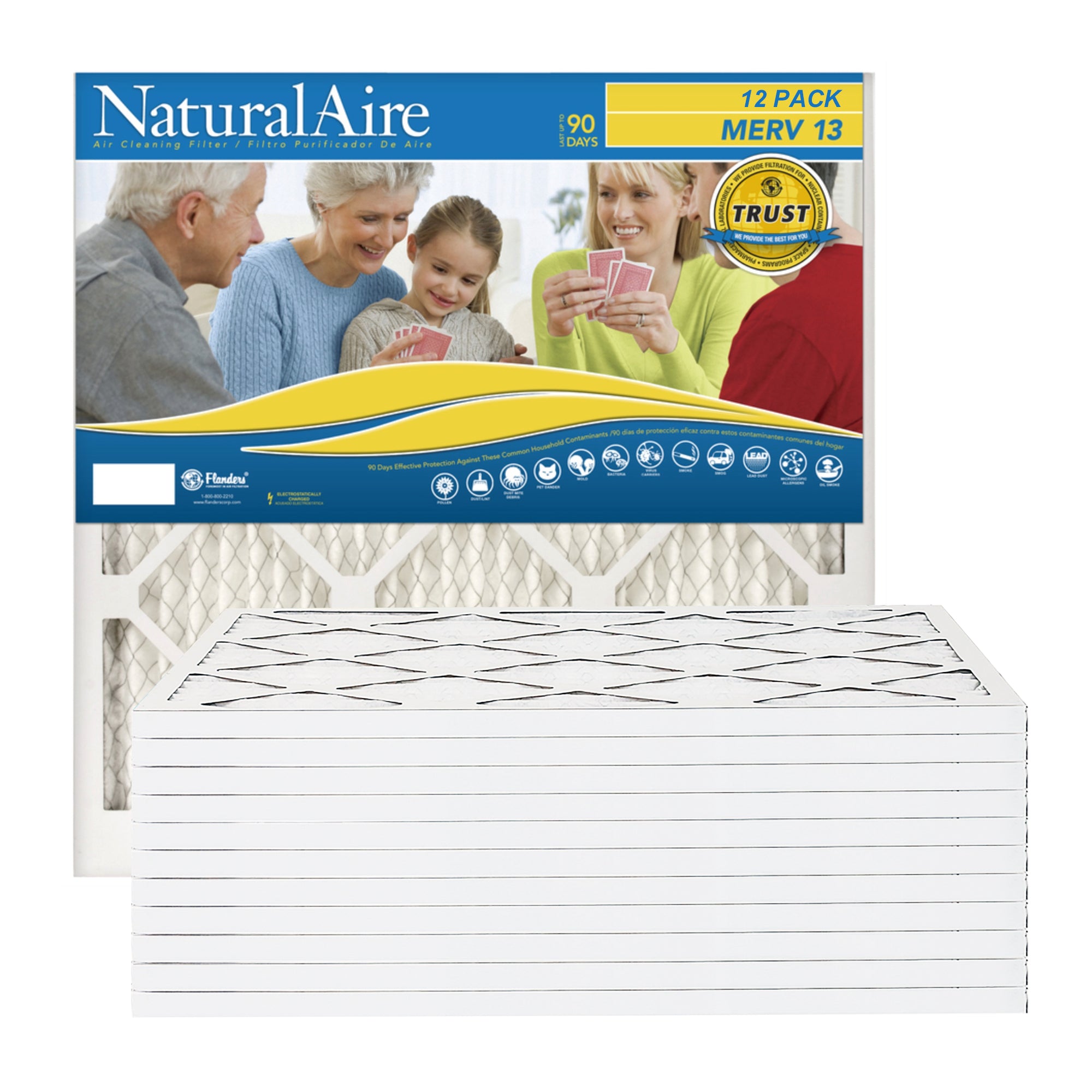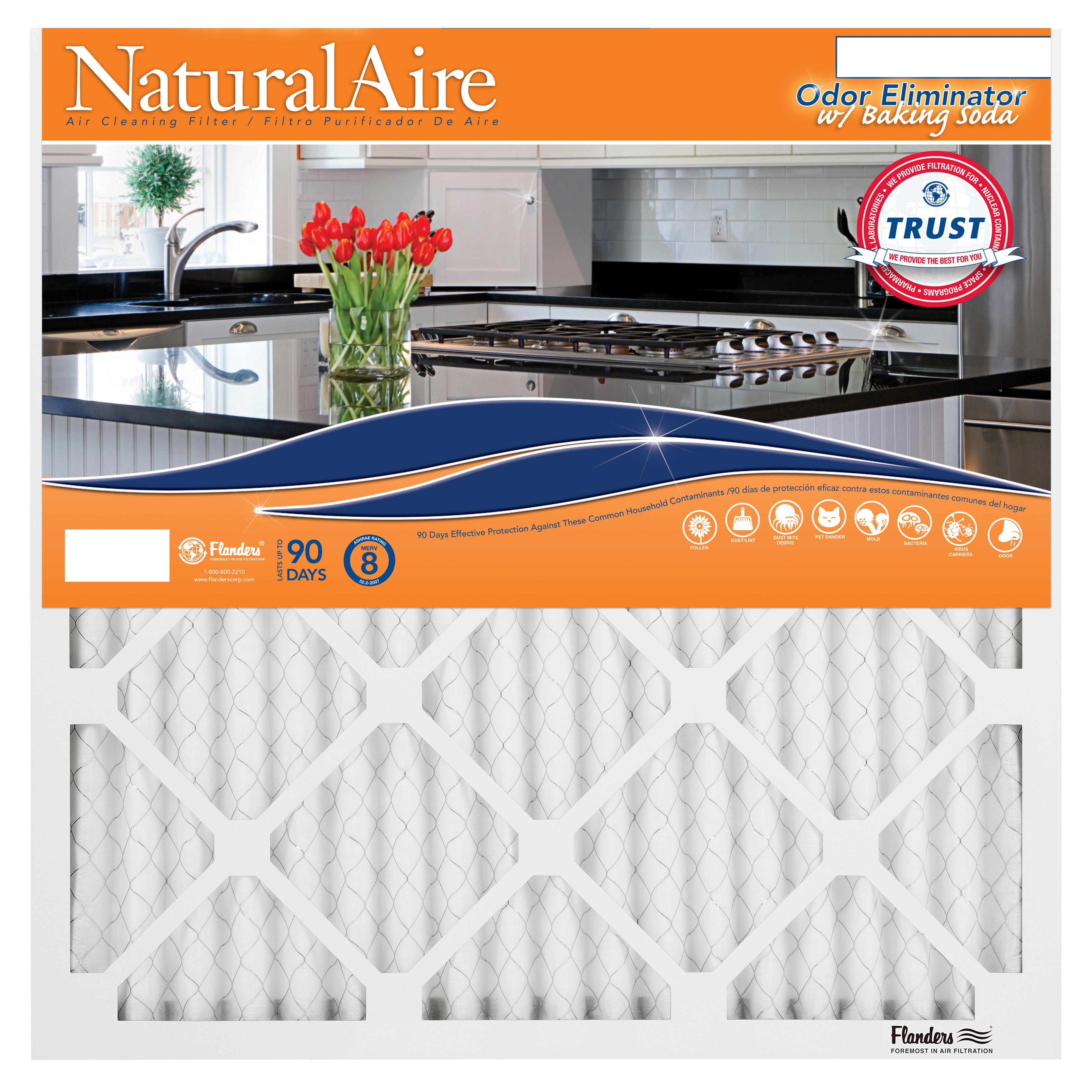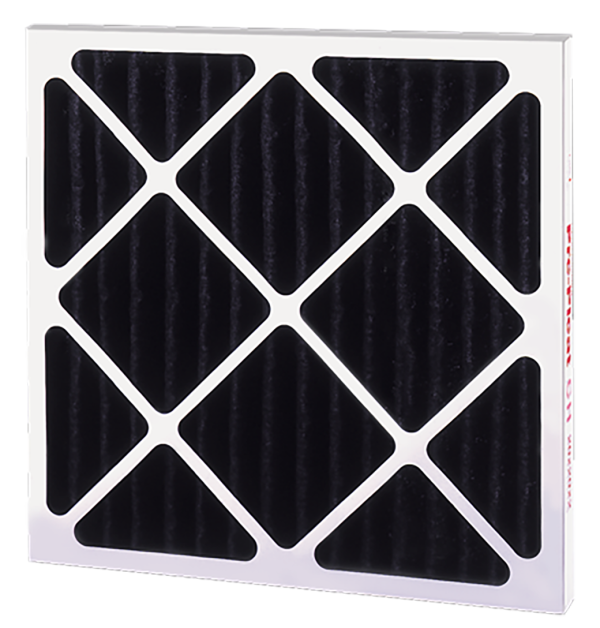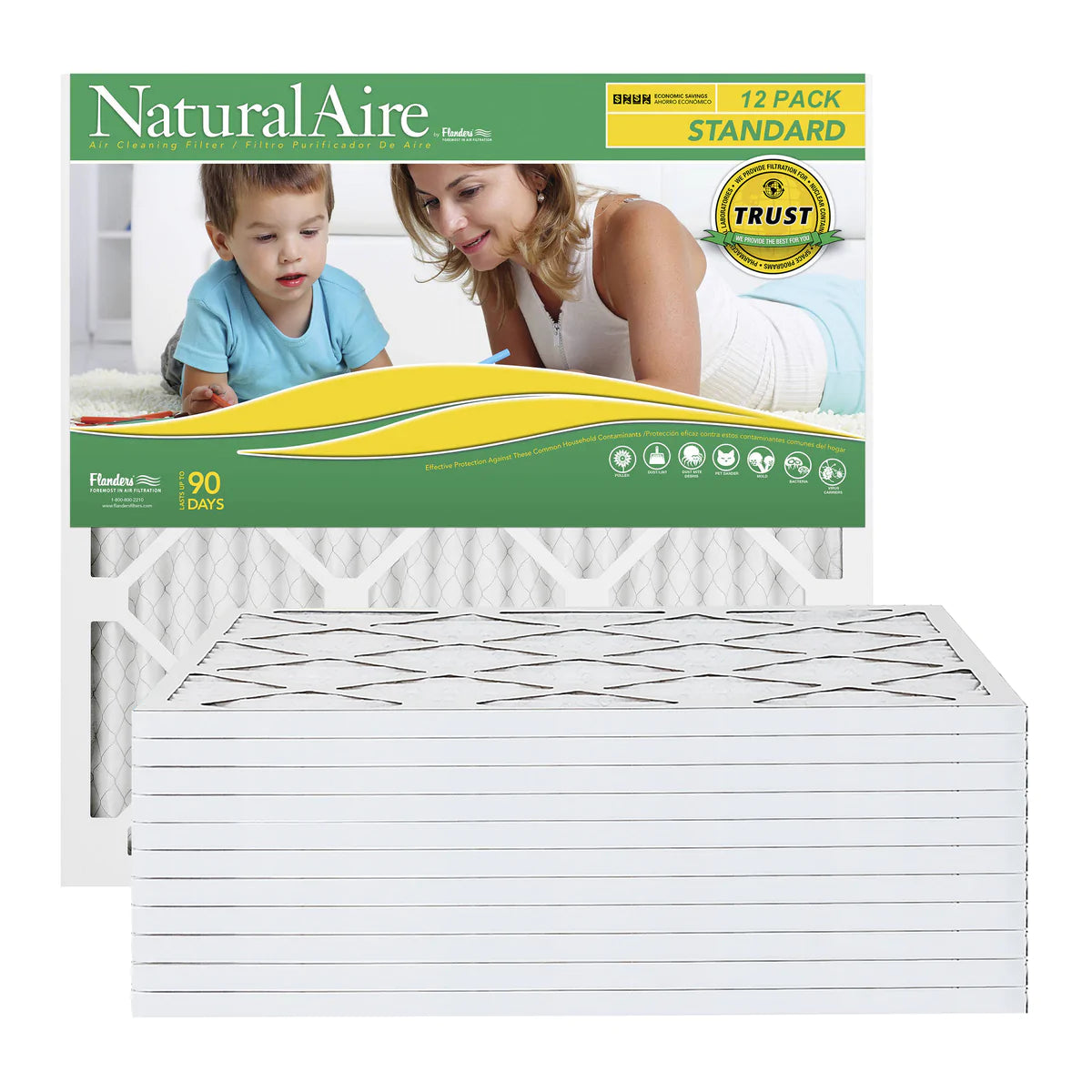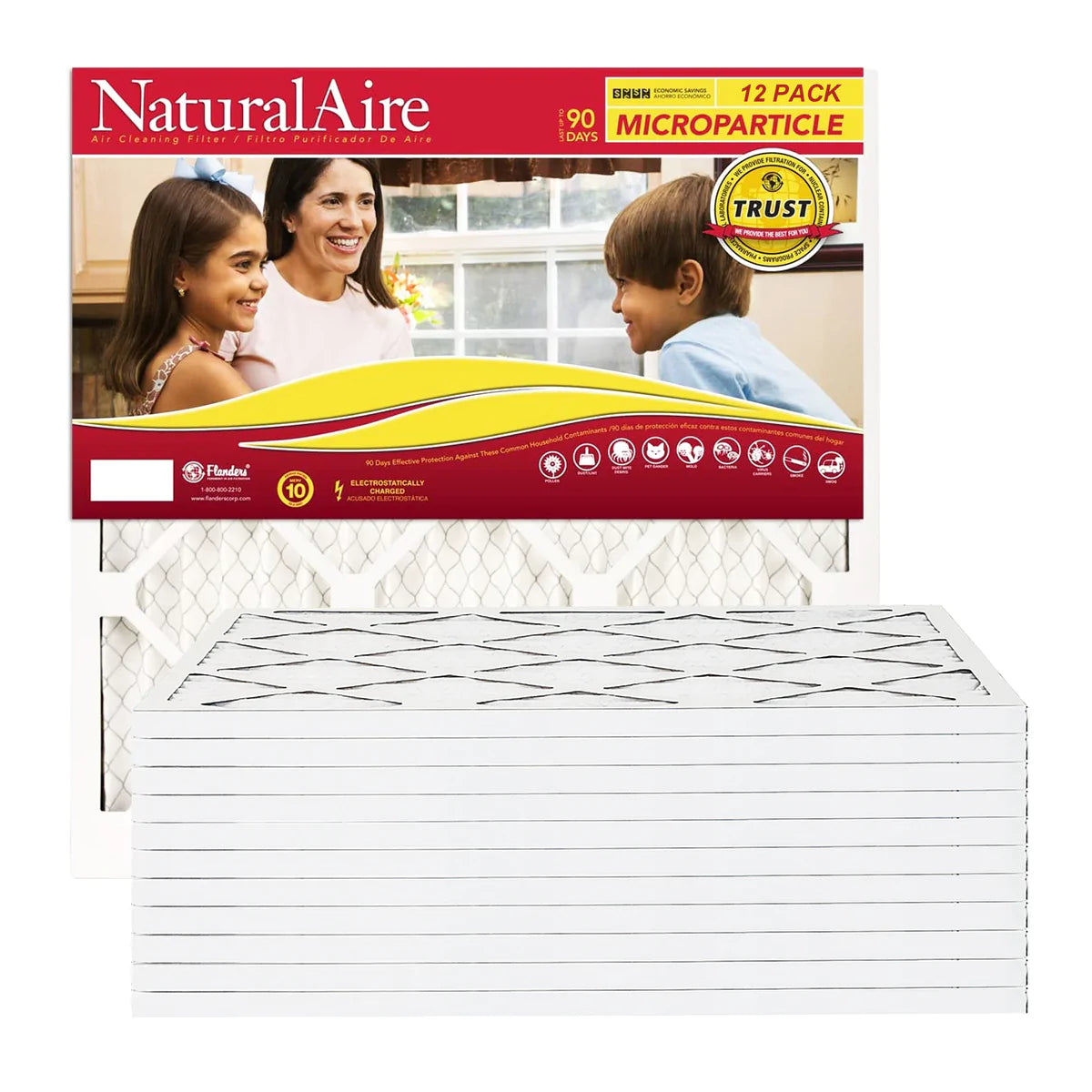We expect clean air within the comfort of our homes. However, with byproducts of modern living, outdoor toxins making their way indoors, and the ever-present threat of mold, we can’t take clean air for granted. Here are some of the most common indoor air contaminants and how you can keep them out of your home.
Mold
The sworn enemy of any HVAC system, mold is perhaps the most common contaminant in your home’s air. Whether it exists in expansive colonies along your bathroom walls and surfaces or merely exists as airborne spores, inhaling mold can trigger allergic reactions such as congestion, a runny nose, and even asthma attacks. Rigorous cleaning of areas where mold is most likely to grow is the first thing you can do to prevent mold inhalation, but proper air filtration in your HVAC system can capture mold spores before they do more damage. By regularly installing filters in your furnace, such as our EZ Flow filters, you can breathe more easily knowing that fewer mold spores are traveling through the home.
Carbon Monoxide
You don’t need a rampant fire in your home to cause concerns about carbon monoxide. Your furnace can produce carbon monoxide when combustion reactions are insufficiently thorough. CO is colorless and odorless and, in high concentrations, can strike before you realize it. Make sure your furnace receives annual checkups and keep your carbon monoxide tester in working order.
Asbestos
If you live in an older home that has not seen recent renovations, you may still have asbestos present in your walls and floors. Though it is a very effective insulant, the adverse health effects of asbestos inhalation revealed themselves in the 20th century, leading to widespread bans on its production and application. Airborne particles of degraded asbestos can lodge themselves in the lungs, where they cause a form of cancer known as mesothelioma. Explore asbestos abatement and removal if you believe asbestos is still in your home.
Radon
In many parts of North America, naturally occurring subterranean uranium gradually decays, releasing a gas known as radon. As this gas travels up through the ground and into the atmosphere, it can infiltrate your home through cracks in the foundation or your sump pump system. Though colorless and odorless, radon is highly dangerous—in this case, it is a known carcinogen, and long-term radon exposure can cause lung cancer. Your home should have a radon remediation system in place. If it does not, test for radon to see whether you need to install a remediation system.
Volatile Organic Compounds
Perhaps less familiar among the most common indoor air contaminants are volatile organic compounds, or VOCs. Construction materials such as wood and paint, along with the textiles in furniture, often contain these compounds as preservatives or fixatives. Under high heat or humidity, these compounds break free from their components and become airborne, where they can cause health problems. If you’ve noticed high humidity and strange smells in the home, you may be dealing with VOCs and may need a new HVAC system to better manage your air quality.


